When it comes to designing a bedroom, the correct curtains can make or break the look. Curtains not only offer a finishing touch to a space, but they also serve functional reasons such as privacy and light control.
When there is a statement wall in the bedroom, however, selecting the best curtain fabrics might be more difficult. Here are some ideas for selecting curtain fabrics for a bedroom with a feature wall.
Consider the Colour Palette
Because the statement wall should be the focal point of the space, pick drapes that complement rather than compete with it. Colours that are either in the same colour family or complementary to the statement wall hue should be considered.
If your statement wall is a bright red, you may select drapes in a neutral beige or a complimentary green. If your feature wall is a delicate blue, you may select drapes in a deeper blue or a complementary orange.
Think About Texture
The drapes should provide depth and intrigue to the area without overpowering the statement wall.
If your feature wall has a lot of texture, such as a brick or stone wall, consider drapes with a softer feel, like silk or velvet. If the statement wall is smooth, use drapes made of more textured fabric, such as linen or cotton.
Consider the Style of the Room
If the room is decorated in a modern or contemporary style, consider drapes with a clean, straightforward design and a solid hue.
If the space has a more classic or eclectic style, you may choose to select curtains with a pattern or an elaborate design. Choose materials with modest patterns or textures that provide interest without dominating the space.
Think About Light Control
If your feature wall is a bright hue, select drapes with thicker fabric to filter out more light. Alternatively, if the feature wall is a darker shade, select drapes made of a lighter fabric that allows for more light. Think about if you want the curtains.
Contemplate the Functionality of the Curtains
Do you want to filter out light and sound or let natural light in? Do you like complete seclusion or are you content with sheer materials that allow for some visibility? These questions will assist you in determining what sort of cloth is appropriate for your bedroom.
Choose materials that enhance, rather than clash with, the hue and style of your prominent wall. Neutral materials, such as cotton or linen, complement intricately patterned walls, whilst bold and vibrant fabrics may highlight basic walls.
Remember that thicker textiles, such as velvet or drapes, may block off more light and sound but will be more difficult to clean and maintain. Lighter materials, such as chiffon or silk, are simpler to maintain, yet
Consider the Maintenance of the Fabric Curtains
- To keep your curtains looking new for longer, choose a fabric that is easy to clean and maintain, such as cotton or polyester.
- Darker-coloured curtains and heavier materials often require less care since they show less wear and tear than lighter-coloured curtains.
- Choosing machine-washable curtains is a wise decision since it allows you to refresh and clean them fast without having to take them to a dry cleaner.
- Investing in high-quality curtains may be more expensive at first, but they will save you money in the long term since they require less care and last longer.
- Remember to read the care label on the curtains and follow the cleaning and maintenance recommendations.
Round Up
Finally, selecting the correct curtain fabric for a bedroom with a statement wall may make or break the overall design of the space. Choose one that complements or contrasts the colour palette of the feature wall.
Keep in mind the quantity of natural light entering the space as well as the level of seclusion desired, since they will influence the fabric weight and opacity required.
Other variables to consider are the fabric’s longevity, upkeep, and usefulness. With the proper fabric, your bedroom with a statement wall may be transformed into a pleasant and beautiful hideaway.
Use a sample swatch of the curtain fabric in the room to examine how the colour and texture appear under various lighting conditions.

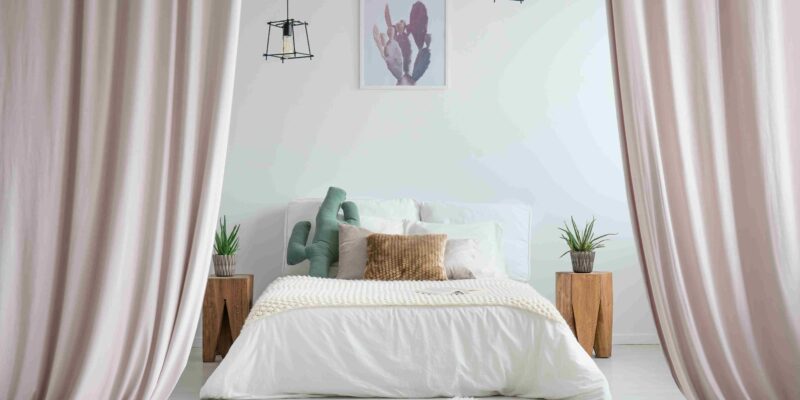
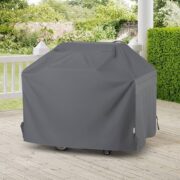



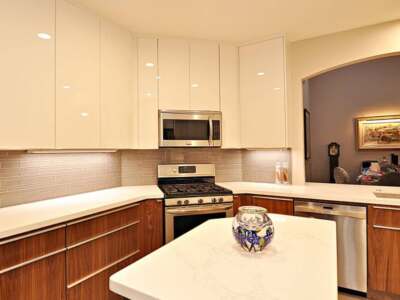



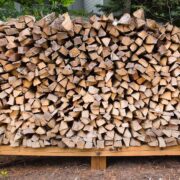


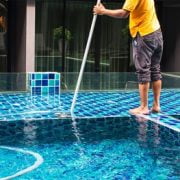
Comments